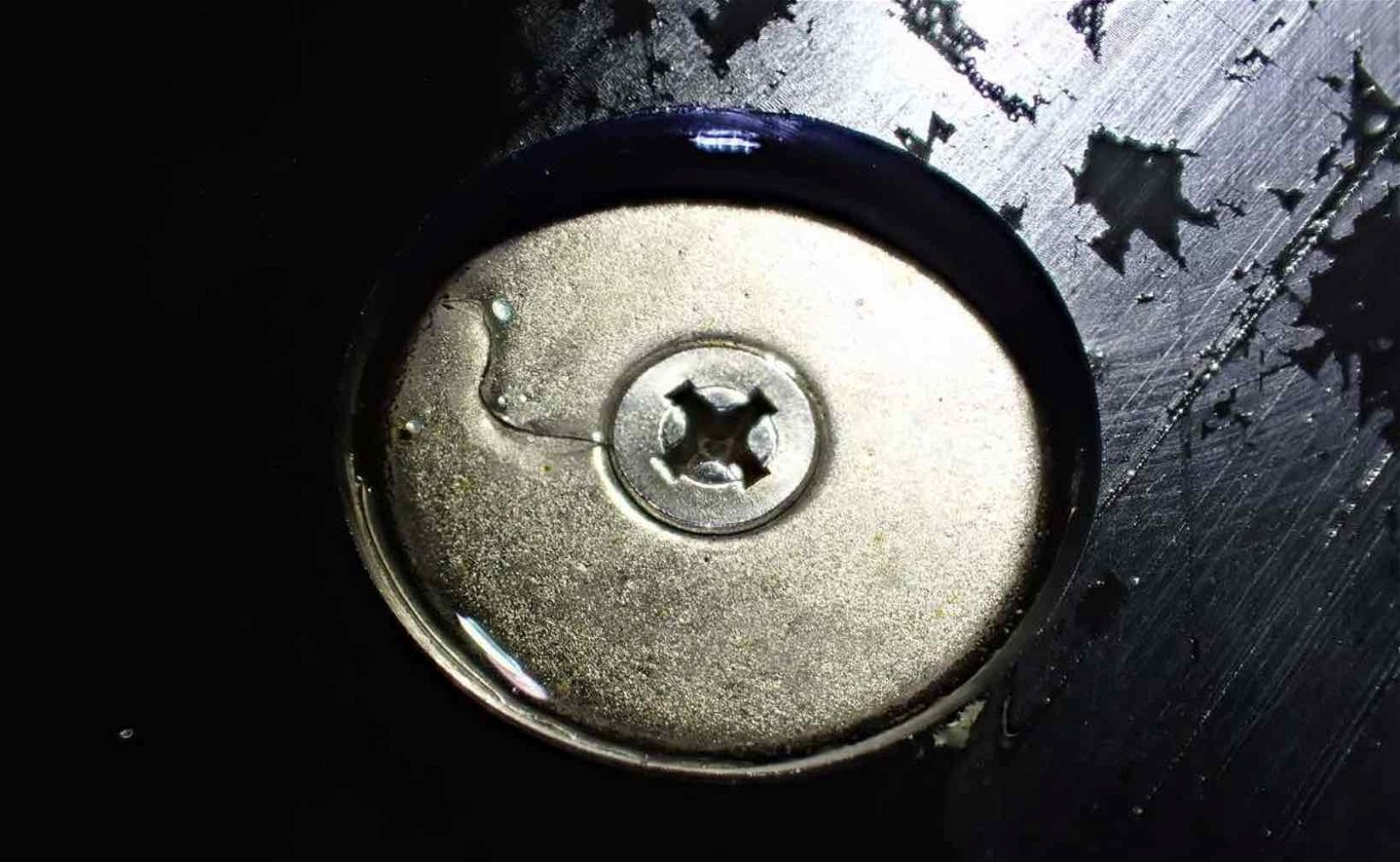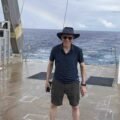These fifth and sixth installments in an ongoing series of updates from Harvard Astronomer Avi Loeb, head of The Galileo Project, document the team’s expedition to attempt the recovery of an interstellar object from the floor of the Pacific Ocean. This combined two-part entry covers Day 5 (June 15, 2023) and Day 6 (June 16, 2023) of the team’s expedition.
Day 5: June 15, 2023


The grinding sound of the Silver Star bow thruster sounds like the moan of a giant whale. I jogged this morning on the ship’s wide deck before sunrise with ocean water splashing around and felt like a cowboy riding the back of a whale into the sunrise.
A few hours later, I surveyed the diagnostic instruments that Ryan Weed will be using as soon as we retrieve materials from the ocean floor. The X-ray fluorescence analyzer will provide information about the surface composition of any fragment we retrieve. The gamma-ray spectrometer could detect the abundances of radioactive isotopes.


While speaking with Ryan, I realized that if we detect isotopes with a lifetime longer than a million years, we could potentially infer the star where the material came from. We know the full velocity vector of the first recognized interstellar meteor IM1 before it entered the solar system based on its arrival trajectory at Earth. Multiplying this vector by the decay time would give us the maximum distance and direction from where it came, and the absence of some isotopes could give a minimum distance.
If the composition reflects a natural source with known initial abundances of isotopes characterized by different lifetimes, we could potentially identify candidate source stars based on the distance and direction constraints. This is a new method that is feasible as a result of the discovery of interstellar meteors like IM1. My realization could end in an exciting paper if we find sufficiently heavy elements with long lifetimes like Uranium. My wildest dream is that we find an object the size of a ping-pong ball with long-lived isotopes that allow us to identify its parent star.
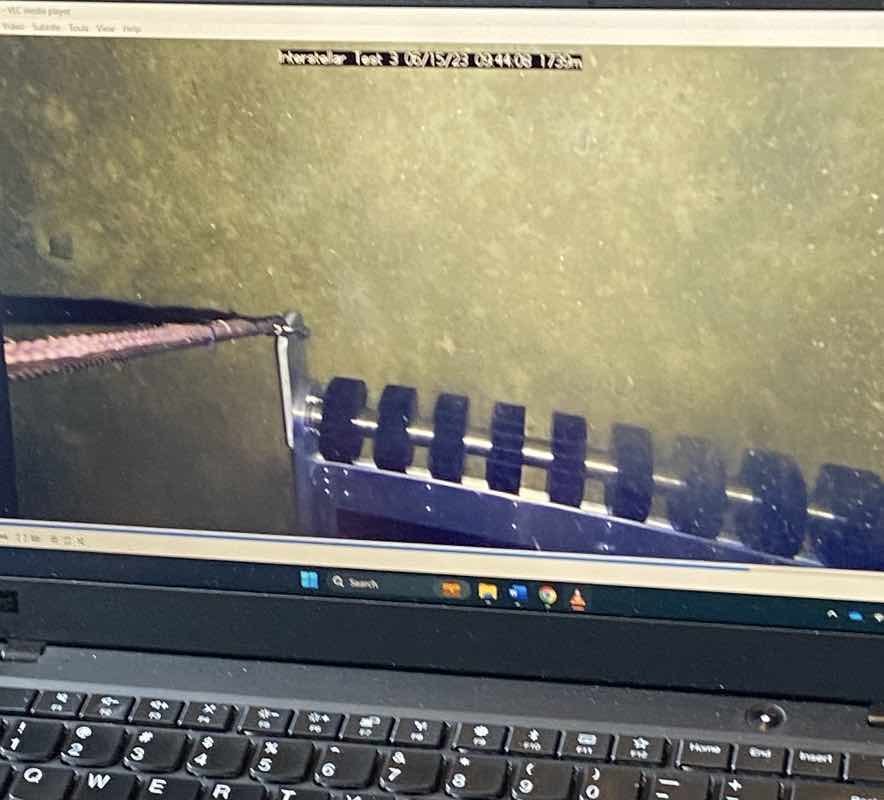

At lunchtime, we pulled the magnetic sled from our second control region. Amazingly, there was debris attached to some of the sled magnets. I have found that the most effective method of removing the debris from the magnets is with a brush. As I held a painter’s brush in my hand, Jeff Wynn snapped a photo of me and noted that I look like the artist of science.
Most of the recovered material was on the heavy side of the sled on the far side of the winch cable. Clearly, this side spent more time in contact with the ocean floor. The good news is that the sled design was successful in collecting magnetic particles. Most importantly, their abundance was not overwhelming, and their size was mostly a tenth of a millimeter, so we can easily separate from them fragments of IM1 that could be bigger than a millimeter.
Silver Star is now heading towards the impact site of the first interstellar meteor, IM1, based on the Manus Island seismometer signal from the fireball’s blast wave. It will take us a couple of hours to get there and several additional hours before we pull our interstellar hook and see if any interstellar materials are stuck on its magnets.
Day 6 (June 16, 2023)
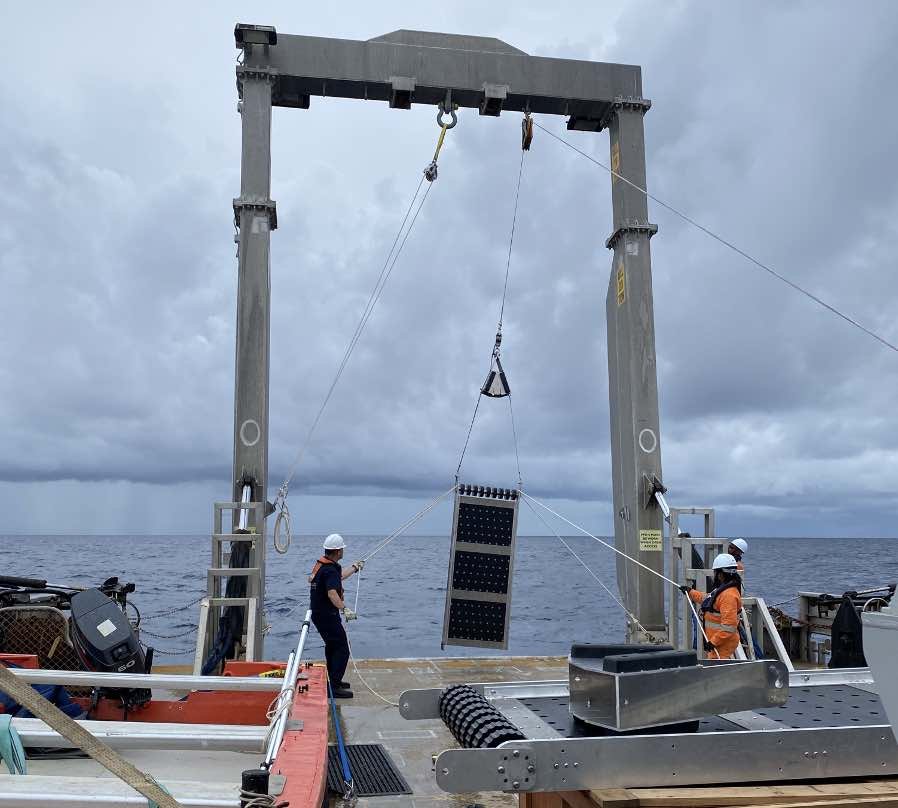

For six hours straight, Silver Star has been surveying an 8-kilometer line through the most likely path of the first recognized interstellar meteor, IM1. Around midnight, the magnetic sled was brought back on deck. This was a historic moment.
It took us nearly a decade to come back to where IM1’s fireball lit the sky over the Pacific Ocean on January 8, 2014, in a burst of energy totaling a few percent of the Hiroshima atomic bomb energy and lasting a third of a second. For the first half of that decade, IM1 was ignored by astronomers until I discovered its interstellar origin with my student, Amir Siraj. The circumstances that led to the discovery were serendipitous. In January 2019, I had a radio interview about another meteor that released 30 times more energy over the Bering Sea in December 2018. In the process of preparing for the interview, I came across NASA’s CNEOS catalog of meteors.
Since I was intrigued by the unusual properties of the interstellar object `Oumuamua, discovered on October 19, 2017, I asked Amir to check whether the CNEOS catalog has any object moving faster than the escape speed from the solar system. We found IM1 and wrote a detailed paper about it. Our paper was accepted for publication only three years later after the US Space Command issued a formal letter supporting IM1’s interstellar origin at 99.999% confidence. They also released the triple-peaked light curve of the fireball, which allowed us to conclude that IM1 sustained a ram pressure larger than all 272 meteors in the catalog, and it was moving faster than 95% of all the stars in the vicinity of the Sun. It’s unusual material composition and high speed suggest that IM1, the first large, near-Earth object from outside the solar system, could have been a spacecraft manufactured by an extraterrestrial technological civilization.
After a year of planning, we finally got to the business of testing this notion tonight. Indeed, when entering Papua New Guinea, the Galileo Project team members declared their purpose for the visit as `business’.
The location of IM1’s fireball has uncertainties, and its three fireball flares were separated apart by about 10 kilometers when projected to the ocean floor. In a recent paper with Amir, I localized the fireball path to within a sub-kilometer width based on seismometer data from Manus Island, which is located 84 kilometers away from IM1’s explosion. Given the kilometer-scale uncertainties and the meter scale of the sled, our first survey may not hit the target. We plan to continue the search along multiple lines in the coming ten days.


Nevertheless, the remote possibility that we might recover IM1’s fragments brought me on deck between 3-5 PM local time on June 15, 2023. As the sled was lowered into the ocean, it felt like we were finally coming back to salvage a lost package on an interstellar journey. I was asked by my wife whether I am excited, and replied that it feels like my first sexual experience. In other words, I do not know what to expect from a first contact with IM1.
In the control region visited yesterday, we found microscopic ashes from volcanic activity, with particles smaller than a tenth of a millimeter. The biggest particle was identified by our team geologist, Jeff Wynn, as made of 80% silica froth with entrained magnetite. Jeff identified it as a volcano air-fall product, `Scoria.’
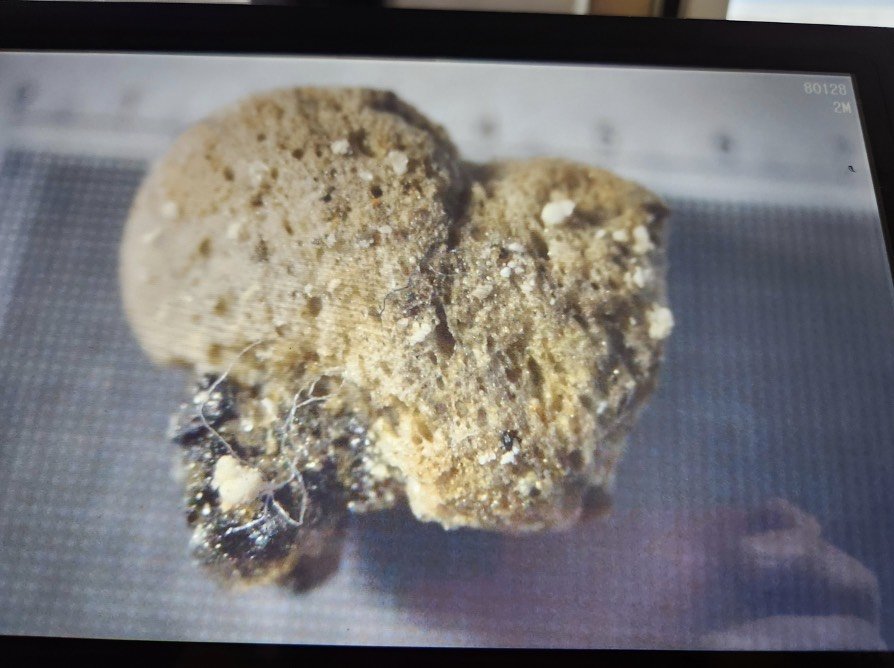

After midnight, we were ready to compare the findings from our first contact with IM1’s site to those from the control region. The sled was lifted up by the winch in a majestic move as I rushed with a small brush to check out whether there are any particles on its magnets.
Most particles appeared to be tiny, consistent with volcanic ashes as found in the control region. The only exception came in the form of a few thin wires and one oddly shaped fragment of unknown origin. Tomorrow we plan to analyze their composition. It is 3 AM now, and most people went to bed. This is perfect timing for my morning jog on the empty boat deck.
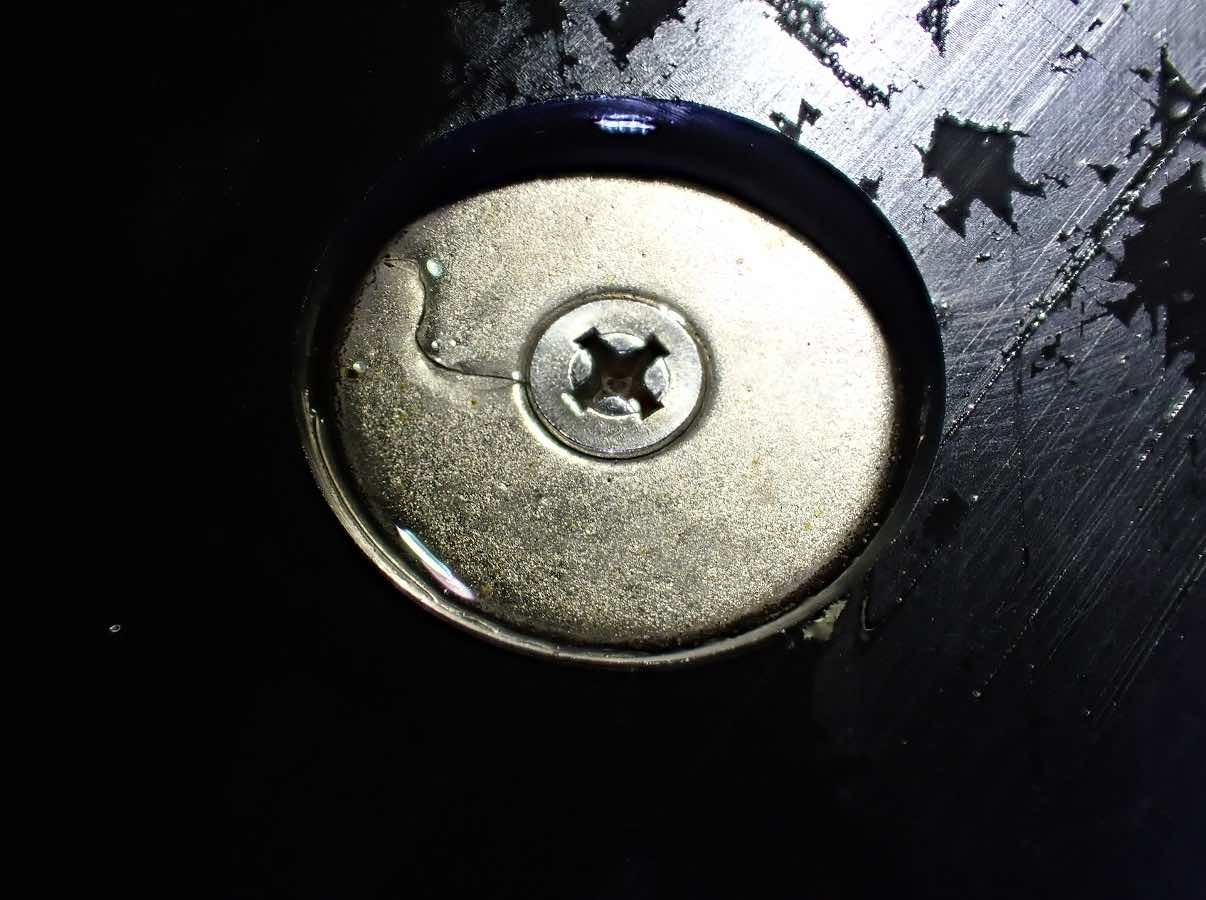

The chance for an interstellar origin of these wires is very small. But New-York residents can easily follow the news as they happen. The Galileo Project video on display at Times Square will be updated only if these wires are not human-made.
Avi Loeb is the head of the Galileo Project, founding director of Harvard University’s – Black Hole Initiative, director of the Institute for Theory and Computation at the Harvard-Smithsonian Center for Astrophysics, and the former chair of the astronomy department at Harvard University (2011-2020). He chairs the advisory board for the Breakthrough Starshot project, and is a former member of the President’s Council of Advisors onScience and Technology and a former chair of the Board on Physics and Astronomy of the National Academies. He is the bestselling author of “Extraterrestrial: The First Sign of Intelligent Life Beyond Earth” and a co-author of the textbook “Life in the Cosmos”, both published in 2021. His new book, titled “Interstellar”, is scheduled for publication in August 2023.
